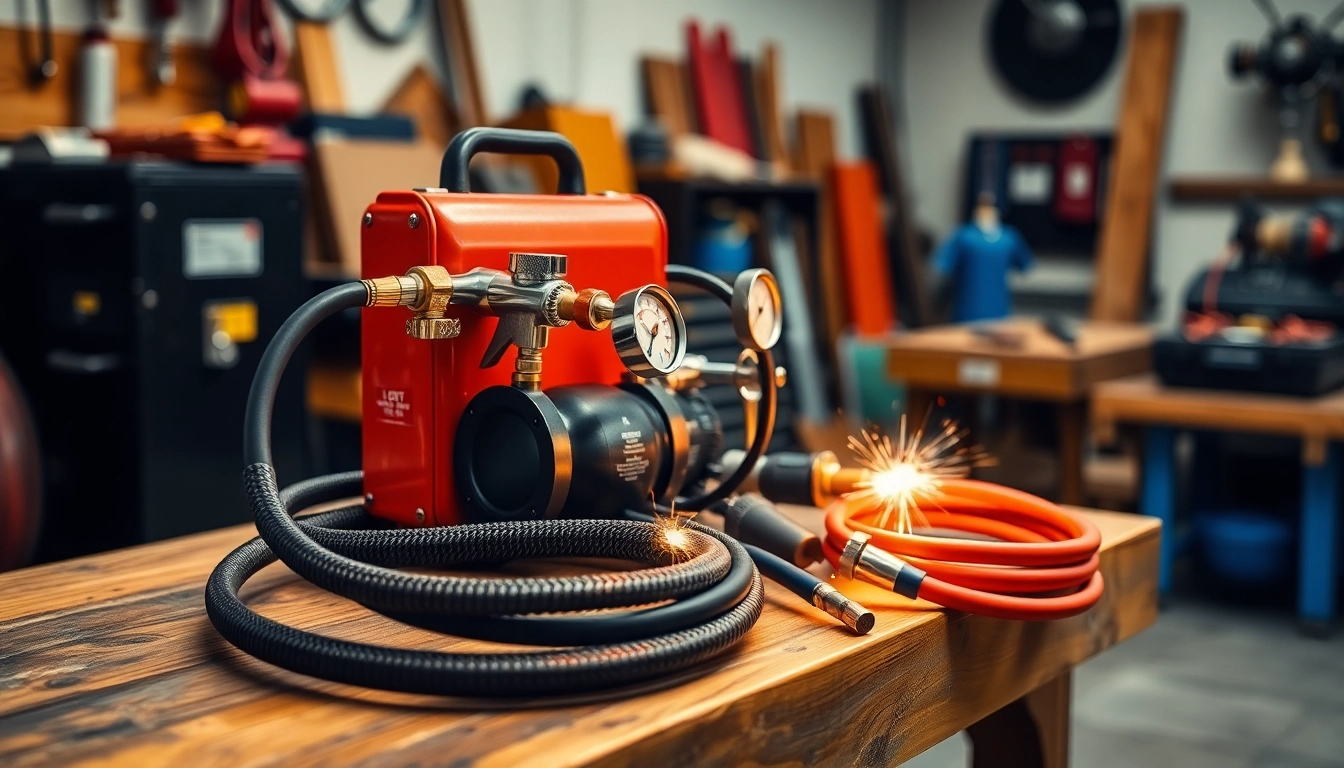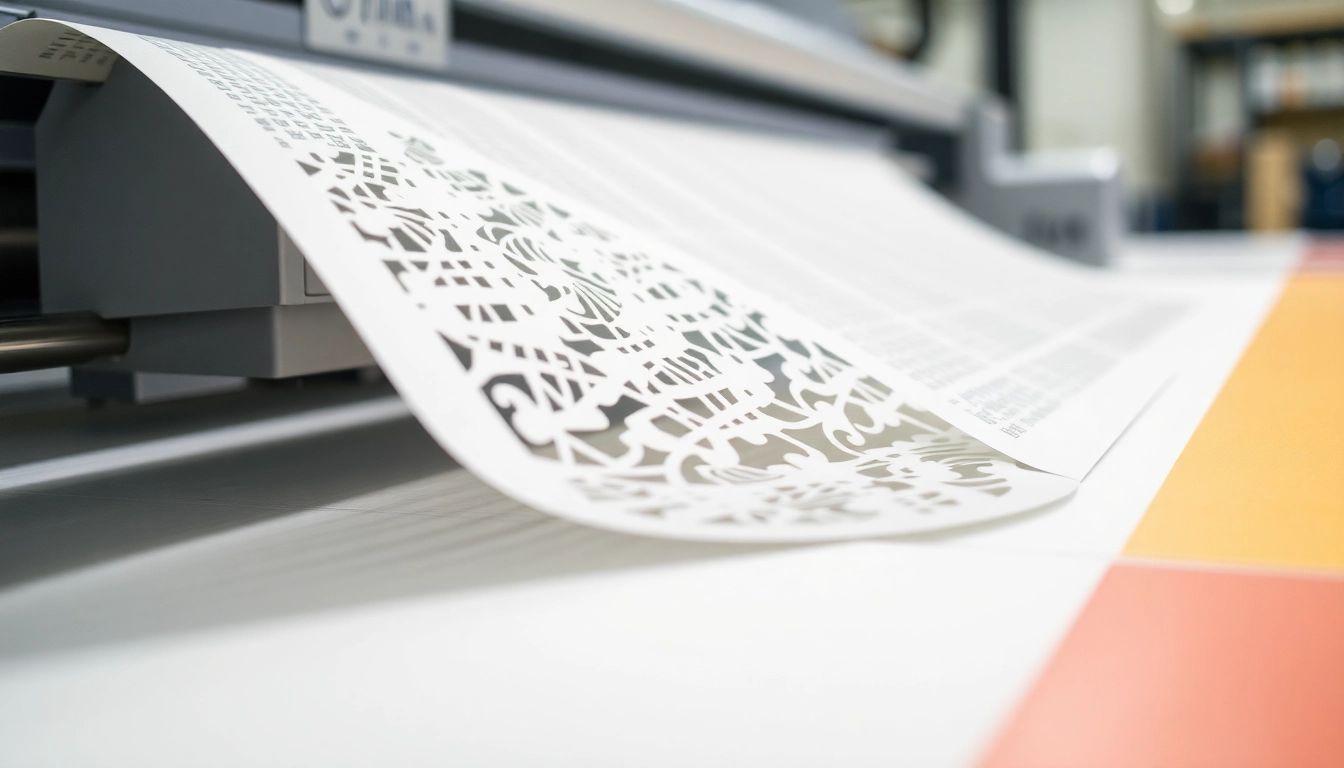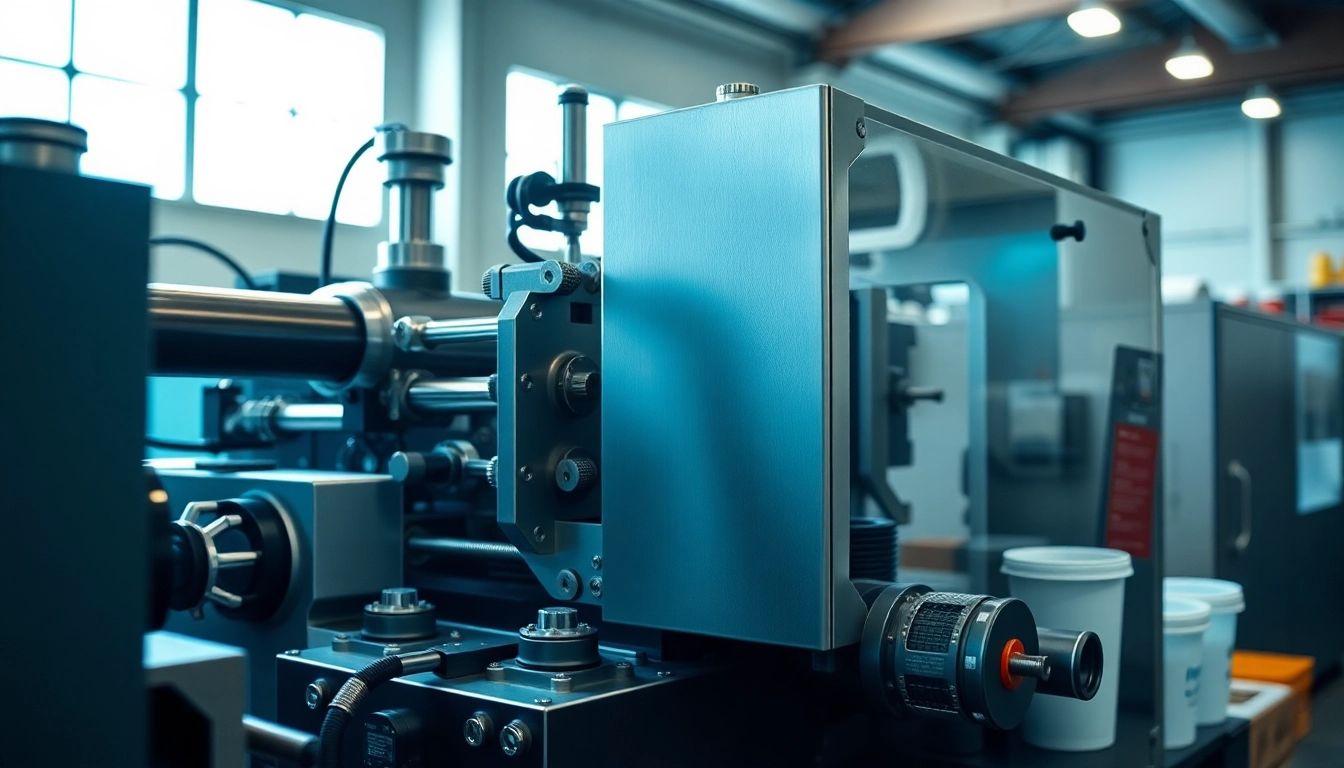Introduction to Oxy Gas Welding Kits
In the world of metalworking and fabrication, having the right tools is crucial for success. One such essential tool is the oxy gas welding kit. These kits combine oxygen and acetylene gases to create an intense flame capable of melting metal, making it an ideal choice for welding, cutting, and brazing applications. This article aims to provide an in-depth understanding of oxy gas welding kits, what to look for when selecting one, how to set it up safely, common applications, and maintenance tips.
What is an Oxy Gas Welding Kit?
An oxy gas welding kit is a toolset that includes everything necessary for oxy-acetylene welding, which involves the use of two gases: oxygen and acetylene. When mixed and burned in a torch, these gases produce a flame with temperatures that can exceed 3,000 degrees Celsius (5,432 degrees Fahrenheit), allowing for the effective welding and cutting of metals.
Oxy gas welding is commonly used in various industries, including manufacturing, construction, automotive, and repair, due to its versatility and the quality of weld it provides. From joining thick steel plates to intricate art pieces, oxy gas welding is a reliable method suitable for both professionals and DIY enthusiasts alike.
Key Components of an Oxy Gas Welding Kit
The essential components of an oxy gas welding kit typically include:
- Torch: The primary instrument used to mix oxygen and acetylene, producing the flame.
- Oxygen and Acetylene Tanks: Cylinders that store the gases at high pressure, usually made of metal to withstand the pressure.
- Regulators: Devices attached to the tanks that regulate gas pressure for safe and consistent operation.
- Hoses: Flexibly connect the tanks to the torch, typically color-coded for easy identification—red for acetylene and green for oxygen.
- Nozzles: Attached to the end of the torch, these control the size and shape of the flame.
- Protective Gear: Includes goggles, gloves, and aprons to protect the user from sparks and heat.
How Oxy Gas Welding Differs from Other Methods
Oxy gas welding is distinct from other welding methods like MIG (Metal Inert Gas) or TIG (Tungsten Inert Gas). While MIG uses a continuously fed wire and a shielding gas, and TIG employs a non-consumable tungsten electrode and an inert gas, oxy gas welding’s unique combination of oxygen and acetylene allows for a more manual and versatile approach. It is especially valuable for welding thicker materials that require high heat.
Additionally, oxy gas welding is compatible for both heating and cutting applications, providing versatility that makes it rather unique in the welding spectrum. However, with modern advancements, oxy gas welding has seen a slight decline in industrial usage as more efficient and faster welding technologies have emerged.
Choosing the Right Kit for Your Needs
Selecting the right oxy gas welding kit is vital for achieving the best results tailored to your specific welding tasks. Here, we’ll explore several key factors to evaluate when making your choice.
Factors to Consider When Selecting an Oxy Gas Welding Kit
When you’re in the market for an oxy gas welding kit, consider the following factors:
- Purpose: Determine whether you need the kit for professional or DIY projects. Kits designed for professionals may have higher capacity tanks and more durable components.
- Tank Size: Tanks come in various sizes. Larger tanks mean longer working times between refills but can be heavier and more challenging to transport.
- Educational Resources: Some kits come with user guides or access to tutorials that are beneficial for beginners.
- Portability: If you need to move your kit to different job sites, look for lightweight kits that include a carrying case.
- Budget: Prices for kits can vary significantly, often correlating with the brand and included accessories. It’s essential to balance quality and budget accordingly.
Top Brands of Oxy Gas Welding Kits
Several trusted brands produce high-quality oxy gas welding kits:
- Victor: Known for its durability and reliability, Victor welding kits are widely used in various industries.
- Harris: Offers a range of torch kits with competitive pricing, ideal for both beginners and professionals.
- LINCOLN Electric: Their kits come equipped with advanced features for various welding needs.
- Praxair: Provides excellent integration of quality and user-friendliness, making it suitable for beginners.
Price Ranges: What to Expect
Price points for oxy gas welding kits can vary widely based on factors like brand, components, and included accessories:
- Entry-Level Kits: Often priced between $100 and $300, these kits are suitable for light-duty projects and beginners.
- Mid-Range Kits: Ranging from $300 to $600, these kits offer more features, better durability, and larger tank sizes.
- Professional Kits: Generally priced over $600, they include high-capacity tanks, advanced torches, and are designed for extensive use in industrial settings.
Setting Up Your Oxy Gas Welding Kit
Once you’ve selected an oxy gas welding kit, the next step involves proper setup and understanding safety precautions. Below is an outline to effectively assemble your kit and ensure safety while using it.
Step-by-Step Guide to Assembly
- Begin by choosing a flat, stable workspace with adequate ventilation for any gas leaks.
- Secure the oxygen tank and acetylene tank in an upright position in a designated gas cart or separate holders.
- Attach the regulators to each tank, ensuring that they fit snugly. Open the valves slowly to check for leaks using soapy water.
- Connect the hoses to the regulators and torch, ensuring proper color coding (red for acetylene and green for oxygen).
- Check all connections are tight before proceeding to open the tanks slightly to purge the system.
- Set the desired pressure on the regulators; refer to the manufacturer’s instructions for specific settings.
- Attach the appropriate nozzle to the torch based on your welding needs.
- Finally, perform a functional test by igniting the torch and ensuring a steady, even flame.
Safety Precautions When Using Your Kit
Safety is paramount when operating an oxy gas welding kit. Adhere to the following precautions:
- Always wear protective gear: goggles to shield your eyes, gloves to protect your hands, and flame-resistant clothing.
- Check for leaks before using the kit by applying soapy water to connections; bubbles will indicate any leaks.
- Store gas tanks in a well-ventilated area away from direct sunlight and high temperatures.
- Keep fire extinguishers nearby in case of an emergency.
- Work in a clutter-free space to reduce the risk of accidents.
- Never leave a lit torch unattended.
Essential Tools to Complement Your Oxy Gas Welding Kit
Complementing your oxy gas welding kit with additional tools can improve your overall results and safety:
- Welding Rods: Depending on the type of metal you are working with, select appropriate welding rods for better adhesion.
- Welding Hoods: These provide additional face and neck protection while allowing a clear view of the work surface.
- Clamps: Use clamps to hold metal pieces securely in place during the welding process.
- Wire Brushes and Files: Useful for cleaning metal surfaces before and after welding.
- Heat-Resistant Blankets: Protect sensitive areas from sparks and heat during the welding process.
Common Applications for Oxy Gas Welding
The versatility of oxy gas welding allows it to be used across various applications, from industrial settings to home projects. Below are some common uses of oxy gas welding kits.
Industrial Applications
In industrial contexts, oxy gas welding is frequently utilized for:
- Fabricating Metal Structures: Oxy gas welding is commonly used to fabricate and assemble steel structures such as beams, frames, and machinery.
- Repairing Equipment: Many industries rely on oxy gas welding for the repair of heavy equipment, pipelines, and containers.
- High-Temperature Applications: The ability to achieve high welding temperatures makes it suitable for tasks requiring extensive melting of metals.
DIY Projects You Can Tackle
For those who prefer DIY projects, oxy gas welding provides numerous possibilities:
- Metal Art and Sculptures: Oxy gas welding allows artists to create intricate metal sculptures or custom metal artworks.
- Home Repairs: You can patch up broken metal frames or gates around the home.
- Automobile Customization: With a good understanding of the process, you can modify or repair car frames and parts.
Repair and Maintenance Scenarios
Oxy gas welding is particularly effective for:
- Pipe Repairs: Repairing or joining metal pipes, especially in plumbing systems.
- Maintaining Machinery: Fixing machinery parts and equipment that require welding.
- HVAC Applications: In heating and cooling systems, oxy gas welding helps in the construction and repair of ductwork.
Maintenance and Care for Your Oxy Gas Welding Kit
The longevity and reproducibility of quality work in your oxy gas welding kit heavily depend on regular maintenance and care. Below we outline some critical aspects to consider.
Routine Checks and Maintenance Tips
To ensure the efficiency of your oxy gas welding kit, follow these routine maintenance steps:
- Inspect hoses for signs of wear or damage, replacing them immediately to prevent gas leaks.
- Check the regulators for proper function and ensure they are set correctly each time you use the kit.
- Keep the torch clean from any spatter by regularly cleaning the nozzle and tightening connections.
- Store cylinders upright and secure them to prevent tipping, ensuring they are kept in a cool, dry location.
- Perform a visual inspection of the entire kit before use, checking for any signs of damage.
Signs Your Oxy Gas Welding Kit Needs Replacement
Knowing when to replace parts of your kit can be financially beneficial. Here are some signs to look for:
- Frequent Leaks: If you consistently experience gas leaks that can’t be resolved through repairs, it may be time to replace hoses or regulators.
- Cracks or Dents in the Tanks: Any form of physical damage in the tanks can compromise safety; replace damaged tanks immediately.
- Rust on Components: Rust can weaken the structural integrity of your kit and should prompt a replacement.
- Poor Flame Quality: If you notice irregular flame behavior even after adjustments, the torch or nozzle may need replacing.
Best Practices for Long-Lasting Equipment
To maximize the lifespan of your oxy gas welding kit, follow these best practices:
- Always close the gas valves and regulators after use to prevent residue build-up.
- Store your kit in a well-ventilated area at appropriate temperatures, avoiding direct sunlight.
- Utilize protective covers for tanks and torches when not in use, preserving against environmental factors.
- Keep all equipment clean and free from dust or foreign materials that could hinder performance.



